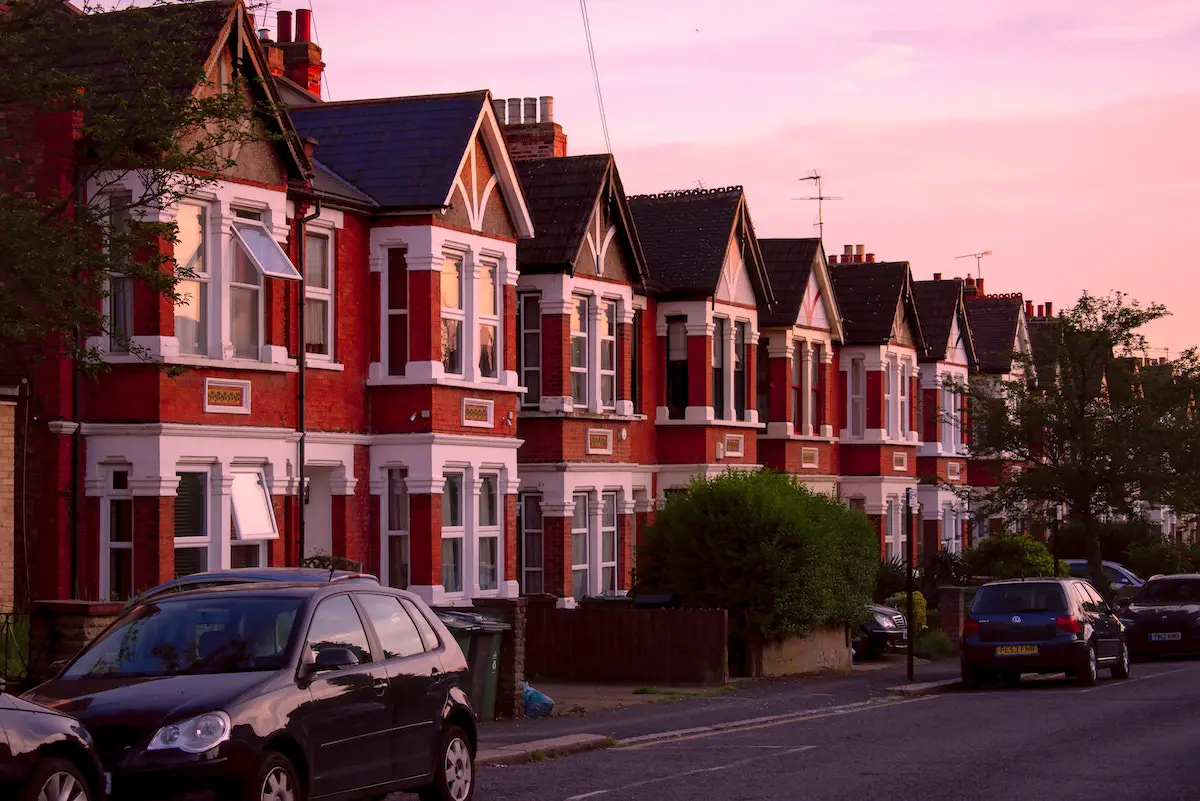London’s social fabric is changing. High divorce rates and an increasing number of single people mean households are getting smaller, which, combined with continued immigration to the city, has resulted in an increased demand for individual dwellings in London. Whilst the issues surrounding London’s housing market are complex and many, there is a recurring theme – Margaret Thatcher’s Conservative Government and the Housing Act of 1980.
This Act of Parliament gave council housing tenants the right to buy the properties they had been renting at a discounted rate, resulting in over 2 million government-owned houses being sold to private owners since the scheme’s launch.
When considered superficially, the aims of the Housing Act were admirable. Thatcher believed home ownership gave people the opportunity to increase their personal wealth, and wanted to make it easier for those with limited incomes to get on the property ladder. However, the long-term management of the Housing Act has created a housing market that is actually more difficult to access, especially for Londoners.
The conditions of the Act meant councils were not allowed to reinvest profits made from the scheme into new housing, leading to a massive drop in the availability of social housing. This lack of availability meant councils began allocating housing only to those who needed it the most, unwittingly turning social housing into ghettos for the most deeply disadvantaged, further alienating and penalising those most in need.
In an attempt to address the issues created by Thatcher’s Housing Act, London has pursued aggressive housing construction, including implementing policies ensuring that 40% of new housing is affordable. This has made it easier for some to get on the property ladder, but for those living in or near poverty, home ownership remains an unachievable goal despite the new prevalence of so-called ‘affordable’ housing.
Driven by both changing demographics and economies of scale, London is building increasingly dense accommodation. Understandably, government demands for affordable housing are further increasing the shift to more densely built developments as their economies of scale can be passed on to owners through cheaper prices.
However, cheaper buildings tend to be smaller, and whilst this is suitable for single people entering the property market, too many compact homes are being built which don’t cater for new families. So with both social housing and family-housing needs not being adequately met, what can London do to accommodate its population, both now and in the future?
One approach would be to reuse the 75,000 homes currently sitting empty in central London. However, the fact that many of these are privately owned creates challenges. Most local councils offer grants of up to £25,000 to landlords to assist in returning properties to use, but with empty homes often requiring a much bigger cash injection, the incentive is lacking.
Thankfully, that hasn’t put off organisations like the Empty Homes Agency, whose tireless campaigning seems to be working. Local councils in Kent recently announced the No Use Empty scheme, pledging an additional £2.2 million in grants for the regeneration of empty housing – an approach which London needs to at least replicate.
However, even if every empty home in London was brought back into use, this would not be enough to meet London’s varied housing demands. But it is the variety of these demands that indicate the approach London needs to take – providing variety. This needs to be done through replenishing depleted social housing stock, continuing to build dense, compact housing, and providing family-friendly homes too. The average Londoner is more likely than ever before to be divorced or single, but London has a social obligation to provide housing suitable for the wide variety of other lifestyles accommodated within it.
Photo: roosers82



